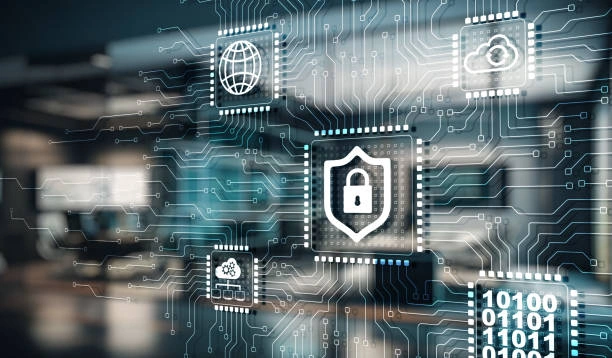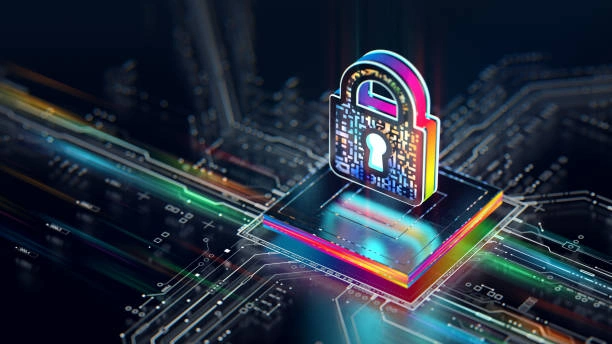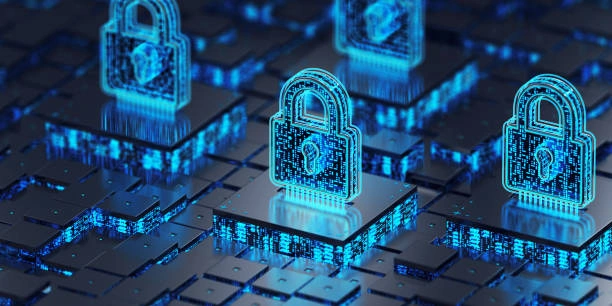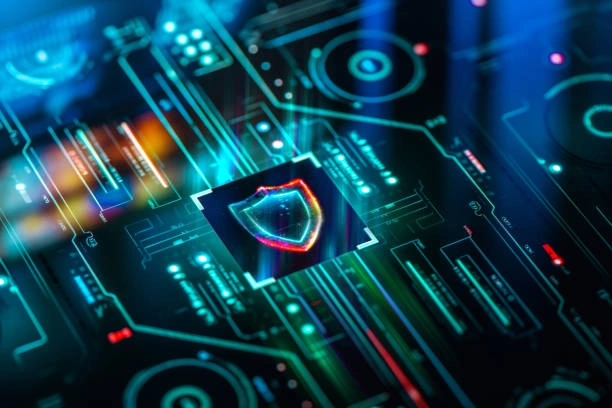The world has become increasingly digital, and with that comes a host of new threats. Cybersecurity is the frontline defense protecting our computer systems, networks, and sensitive data from these evolving cyber threats. For IT professionals, mastering cybersecurity isn’t just a job requirement; it’s a critical component of safeguarding the integrity and trust of digital systems everywhere. This blog post explores the essential aspects of cybersecurity and offers practical advice to help IT professionals fortify their defenses.
Understanding Cybersecurity
Cybersecurity is the practice of defending computers, servers, mobile devices, electronic systems, networks, and data from malicious attacks. These attacks can range from data breaches and malware infections to sophisticated hacking attempts.
Why It Matters
In an era where data is gold, protecting sensitive information is paramount. Cybersecurity ensures the confidentiality, integrity, and availability of data, which is crucial for maintaining trust in our digital world.
Common Threats
Cyber threats come in many forms, including viruses, worms, ransomware, phishing attacks, and more. Each type of threat requires a unique approach to mitigate and neutralize effectively.
The Importance of Cybersecurity in IT

Cybersecurity isn’t just about technology; it’s about people, processes, and policies working together to protect valuable assets.
Protecting Data
Sensitive information, whether personal or corporate, is a prime target for cybercriminals. Effective cybersecurity measures prevent unauthorized access and data breaches.
Maintaining Trust
For businesses, trust is everything. Robust cybersecurity practices ensure that customers can trust that their personal and financial information is safe.
Compliance and Legal Requirements
Various industries have stringent regulations about data protection (such as GDPR, HIPAA, etc.). Failing to comply with these can result in hefty fines and legal consequences.
Building a Strong Cybersecurity Foundation
A solid cybersecurity foundation starts with understanding the basics and implementing best practices across all levels of an organization.
Risk Assessment and Management

Before you can protect against threats, you need to know what your vulnerabilities are. Conduct regular risk assessments to identify weak points in your security infrastructure.
Establishing Security Policies
Clear, comprehensive security policies provide a roadmap for protecting your organization’s data and systems. These policies should be communicated and enforced across all departments.
Training and Awareness
Human error is one of the leading causes of security breaches. Regular training sessions can educate employees about the latest threats and how to avoid them.
Essential Cybersecurity Tools for IT Professionals
Effective cybersecurity relies on a suite of tools designed to detect, prevent, and respond to various threats.
Antivirus and Anti-malware Software
These programs scan and protect systems from malicious software. They are essential for detecting and eliminating threats before they can cause damage.
Firewalls
A firewall acts as a barrier between your internal network and external threats. It monitors incoming and outgoing traffic to prevent unauthorized access.
Intrusion Detection Systems (IDS)
IDS tools monitor network traffic for suspicious activity and alert administrators to potential threats. This early warning system is crucial for quick response and mitigation.
Advanced Cybersecurity Strategies

For IT professionals looking to go beyond the basics, advanced strategies can provide an additional layer of protection.
Encryption
Encrypting data ensures that even if unauthorized access occurs, the information remains unreadable without the proper decryption key.
Multi-Factor Authentication (MFA)
MFA adds an extra layer of security by requiring multiple forms of verification before granting access to sensitive systems and data.
Regular Audits and Updates
Cyber threats are constantly evolving, so your defenses must too. Regularly audit your security measures and update software to patch vulnerabilities.
The Role of AI and Machine Learning in Cybersecurity
Artificial intelligence (AI) and machine learning (ML) are revolutionizing the field of cybersecurity by improving threat detection and response times.
Automated Threat Detection
AI-driven systems can analyze vast amounts of data quickly and identify patterns that may indicate a potential threat, often faster and more accurately than human analysts.
Predictive Analysis
Machine learning algorithms can predict future threats based on historical data, allowing organizations to proactively strengthen their defenses.
Enhanced Response Capabilities
AI can automate incident response procedures, enabling quicker and more efficient mitigation of threats.
Cybersecurity in Cloud Computing
With more businesses moving to the cloud, understanding how to secure cloud environments is crucial.
Shared Responsibility Model
In cloud computing, security is a shared responsibility between the cloud service provider and the customer. Understanding where your responsibilities lie is essential for effective security.
Data Encryption
Always encrypt sensitive data stored in the cloud to protect it from unauthorized access.
Access Controls
Implement strict access controls to ensure that only authorized personnel can access sensitive information.
Protecting Mobile Devices
With the rise of remote work, securing mobile devices has become a critical aspect of cybersecurity.
Mobile Device Management (MDM)
MDM solutions allow organizations to manage and secure employee mobile devices, ensuring they comply with security policies.
Securing Wi-Fi Connections
Encourage employees to use VPNs when accessing company data over public Wi-Fi networks to protect against eavesdropping.
Regular Updates
Ensure that all mobile devices are regularly updated with the latest security patches to protect against known vulnerabilities.
Incident Response and Recovery
Despite the best precautions, security incidents can still occur. Having a robust incident response plan is crucial for minimizing damage and recovering quickly.
Preparation
Develop a comprehensive incident response plan that outlines the steps to take in the event of a security breach.
Detection and Analysis
Quickly identifying and analyzing the nature of the threat is crucial for an effective response.
Containment and Eradication
Once the threat is identified, contain its spread and work to eradicate it from your systems.
Recovery
Restore affected systems and data, and conduct a post-incident review to learn from the event and improve future defenses.
Building a Culture of Cybersecurity
Creating a culture of cybersecurity within your organization ensures that everyone is committed to protecting sensitive information.
Leadership Involvement
Leadership should prioritize cybersecurity and allocate the necessary resources to maintain robust defenses.
Employee Engagement
Encourage employees to take an active role in cybersecurity by reporting suspicious activity and following best practices.
Continuous Improvement
Cybersecurity is an ongoing process. Regularly review and update your policies and procedures to adapt to new threats.
Future Trends in Cybersecurity
The field of cybersecurity is constantly evolving. Staying informed about future trends can help you stay ahead of potential threats.
Quantum Computing
While still in its early stages, quantum computing has the potential to revolutionize encryption and decryption processes, making current encryption methods obsolete.
The Internet of Things (IoT)
With more devices connected to the internet, securing IoT devices will become increasingly important.
Zero Trust Architecture
The Zero Trust model, which assumes that threats could be both outside and inside the network, emphasizes strict access controls and continuous monitoring.
Cybersecurity is a critical component of modern IT infrastructure. By understanding the various aspects of cybersecurity and implementing best practices, IT professionals can protect their organizations from evolving threats. Remember, cybersecurity is not a one-time effort but an ongoing process that requires continuous learning and adaptation.
Stay vigilant, stay informed, and keep your digital assets secure. For more insights and expert advice, consider joining our community of cybersecurity professionals. Together, we can build a safer digital world.








